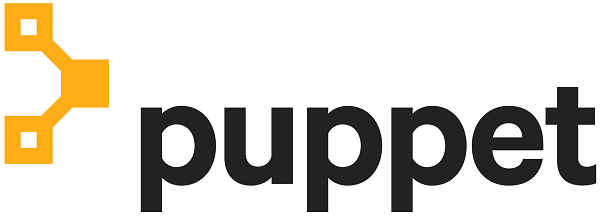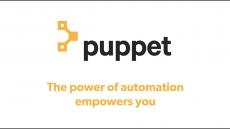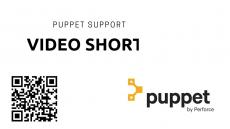- January 2025 (4)
- December 2024 (5)
- November 2024 (4)
- October 2024 (3)
- September 2024 (3)
- August 2024 (5)
- July 2024 (5)
- June 2024 (5)
- May 2024 (4)
- April 2024 (4)
- March 2024 (5)
- February 2024 (2)
- January 2024 (5)
- December 2023 (5)
- November 2023 (3)
- October 2023 (2)
- September 2023 (3)
- August 2023 (2)
- July 2023 (7)
- June 2023 (6)
- May 2023 (1)
- April 2023 (4)
- March 2023 (5)
- February 2023 (5)
- January 2023 (5)
- December 2022 (1)
- November 2022 (1)
- October 2022 (8)
- September 2022 (2)
- August 2022 (1)
- July 2022 (11)
- June 2022 (5)
- May 2022 (4)
- April 2022 (12)
- March 2022 (8)
- February 2022 (5)
- January 2022 (3)
- December 2021 (5)
- November 2021 (10)
- October 2021 (10)
- September 2021 (9)
- August 2021 (4)
- July 2021 (6)
- June 2021 (15)
- May 2021 (13)
- April 2021 (7)
- March 2021 (14)
- February 2021 (11)
- January 2021 (5)
- December 2020 (6)
- November 2020 (18)
- October 2020 (9)
- September 2020 (13)
- August 2020 (4)
- July 2020 (21)
- June 2020 (16)
- May 2020 (9)
Puppet is driving the movement to a world of unconstrained software change. Our revolutionary platform is the industry standard for automating the delivery and operation of the software that powers everything around us.
It isn’t humanly possible to keep up with the constant innovation and risks that new technology brings. Automation has become a requirement, and Puppet sets the standard for delivering and managing your IT estate predictably and at scale. Our solutions automate how you continuously deliver, make compliant, remediate, and manage your multi-cloud environment. So you can focus on more important things in your life.
Use Cases:
- Continuous Delivery: Ship more, do more with the right continuous delivery workflows and tools to increase your development and operations teams’ agility. They lower time to value of your infrastructure and the software it runs.
- Continuous Compliance: The alphabet soup of regulatory standards and security best practices you try to comply with — and the associated penalties for not doing so — are no joke. Auditors expect your teams to implement and abide by operational, security, and regulatory policies 24/7, and to prove it when they show up.
- Incident Remediation: With the proliferation of high-profile hacks, data breaches, and ransomware, it’s easy to feel insecure about your organization’s security. You have to protect your company like never before — particularly as your infrastructure grows and diversifies, presenting a broader surface for attackers.
- Configuration Management: Are you spending more time fighting fires than deploying new, innovative services and applications? You are not alone. Most IT teams say it takes weeks, even months, to deploy critical applications. There’s got to be a better way to manage infrastructure. With automation, you eliminate manual work, minimize risk of human error, and make it possible to deploy fast, safely and reliably.
Make infrastructure actionable, scalable and intelligent.






















